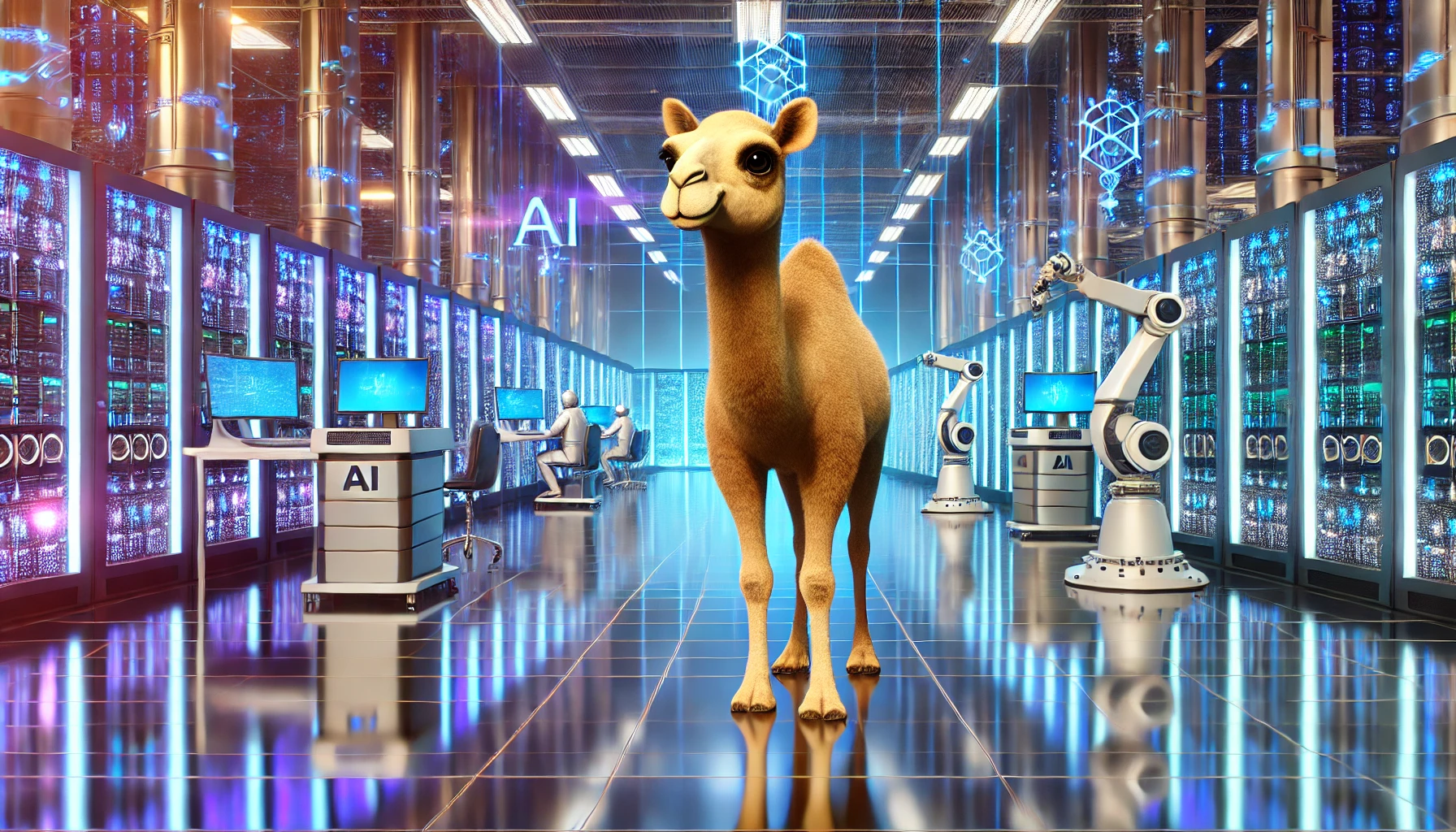A selection of the most important recent news, articles, and papers about AI.
News, Articles, and Analyses
AI Is Already Taking Jobs in the Video Game Industry | WIRED
https://www.wired.com/story/ai-is-already-taking-jobs-in-the-video-game-industry/
(Tuesday, July 23, 2024) “A WIRED investigation finds that major players like Activision Blizzard, which recently laid off scores of workers, are using generative AI for game development.”
Amazon strives to outpace Nvidia with cheaper, faster AI chips
Author: Muhammad Zulhusni
(Monday, July 29, 2024) “Amazon is developing its own processor to compete with Nvidia, the current leader in the field of AI chips.”
New NVIDIA NIM Microservices Bring Generative AI to Digital Environments | NVIDIA Blog
https://blogs.nvidia.com/blog/generative-physical-ai-nim-microservices/
Author: Adam Scraba
(Monday, July 29, 2024) “NVIDIA announced at SIGGRAPH generative physical AI advancements including the NVIDIA Metropolis reference workflow and new NVIDIA NIM microservices.”
Nvidia announces new advancements at SIGGRAPH
https://www.axios.com/2024/07/29/nvidia-siggraph-generative-ai-chips
Author: Hope King
(Tuesday, July 30, 2024) “The company is now making available AI services and models to help robot manufacturers accelerate humanoid development.”
The other shoe drops on generative AI | InfoWorld
https://www.infoworld.com/article/3478272/the-other-shoe-drops-on-genai.html
“As so-called ‘open source’ models move to dominate the LLM landscape and artificial intelligence, we need to decide if we care.”
Technical Papers and Preprints
[2407.21225] AI methods for approximate compiling of unitaries
https://arxiv.org/abs/2407.21225
Authors: Kremer, David; Villar, Victor; Vishwakarma, Sanjay; Faro, Ismael; Cruz-Benito, Juan
(Tuesday, July 30, 2024) “This paper explores artificial intelligence (AI) methods for the approximate compiling of unitaries, focusing on the use of fixed two-qubit gates and arbitrary single-qubit rotations typical in superconducting hardware. Our approach involves three main stages: identifying an initial template that approximates the target unitary, predicting initial parameters for this template, and refining these parameters to maximize the fidelity of the circuit. We propose AI-driven approaches for the first two stages, with a deep learning model that suggests initial templates and an autoencoder-like model that suggests parameter values, which are refined through gradient descent to achieve the desired fidelity. We demonstrate the method on 2 and 3-qubit unitaries, showcasing promising improvements over exhaustive search and random parameter initialization. The results highlight the potential of AI to enhance the transpiling process, supporting more efficient quantum computations on current and future quantum hardware.”
[2407.21783] The Llama 3 Herd of Models
https://arxiv.org/abs/2407.21783
(Wednesday, July 31, 2024) “Modern artificial intelligence (AI) systems are powered by foundation models. This paper presents a new set of foundation models, called Llama 3. It is a herd of language models that natively support multilinguality, coding, reasoning, and tool usage. Our largest model is a dense Transformer with 405B parameters and a context window of up to 128K tokens. This paper presents an extensive empirical evaluation of Llama 3. We find that Llama 3 delivers comparable quality to leading language models such as GPT-4 on a plethora of tasks. We publicly release Llama 3, including pre-trained and post-trained versions of the 405B parameter language model and our Llama Guard 3 model for input and output safety. The paper also presents the results of experiments in which we integrate image, video, and speech capabilities into Llama 3 via a compositional approach. We observe this approach performs competitively with the state-of-the-art on image, video, and speech recognition tasks. The resulting models are not yet being broadly released as they are still under development.”
[2407.21726] Artificial Intelligence Approaches for Energy Efficiency: A Review
https://arxiv.org/abs/2407.21726
Authors: Pasqualetto, Alberto; Serafini, Lorenzo; Sprocatti, Michele
(Wednesday, July 31, 2024) “United Nations set Sustainable Development Goals and this paper focuses on 7th (Affordable and Clean Energy), 9th (Industries, Innovation and Infrastructure), and 13th (Climate Action) goals. Climate change is a major concern in our society; for this reason, a current global objective is to reduce energy waste. This work summarizes all main approaches towards energy efficiency using Artificial Intelligence with a particular focus on multi-agent systems to create smart buildings. It mentions the tight relationship between AI, especially IoT, and Big Data. It explains the application of AI to anomaly detection in smart buildings and a possible classification of Intelligent Energy Management Systems: Direct and Indirect. Finally, some drawbacks of AI approaches and some possible future research focuses are proposed.”




